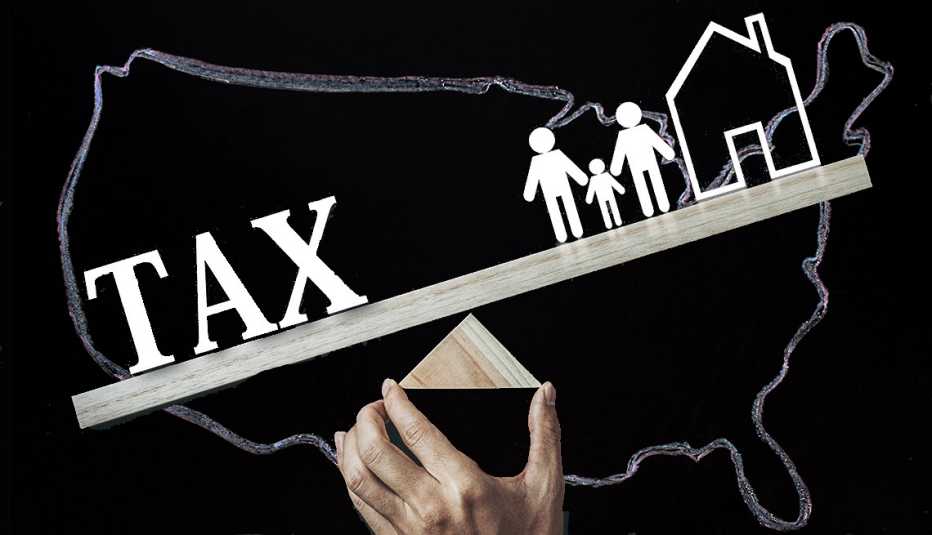Staying Fit
In 1967, Felicitas Obregón, together with her husband, Jesse, and her year-old son, Álvaro, moved into an apartment in Chicago’s Pilsen neighborhood, launching their life there. Three years later, Jesse was dead, leaving Felicitas to support and raise her young son alone.
More than a half century later, Felicitas, 90, still lives in that same three-story, three-apartment building — a redbrick structure with a big front yard. She’s not a tenant, however; she’s the owner.


AARP Membership— $12 for your first year when you sign up for Automatic Renewal
Get instant access to members-only products and hundreds of discounts, a free second membership, and a subscription to AARP the Magazine.
Her story is an inspiring tale of hard work, thrift and determination. But it wouldn’t be complete or accurate if it didn’t include an oddly uplifting chapter on something far more impersonal: property taxes.
Relief from property taxes, available in most states to people 65 and older, has allowed Obregón to hold on to her home long after retiring. Her experience, in turn, inspired Álvaro, now 55, to help others in their community lower their property taxes, including using a process available to almost every homeowner in America: challenging the valuations of their homes.
Property taxes are one of the only forms of government levy that most Americans have a real chance to argue down. Felicitas’ and Álvaro’s efforts provide lessons for older American homeowners or homeowners-to-be about their power to bring their property taxes under control.
The journey to home ownership


As a single mother, Felicitas held various jobs at a leather-goods factory. Along with supporting herself and Álvaro and sending money to her family in Mexico, she set aside cash in the hopes of buying a home. “I wanted to have my own house, big or small,” she says. “I was a widow, and I didn’t want to move from one place to another.” When, after 19 years at the leather factory, her employer asked her to take a pay cut, she quit. She spent the next 20 years — until retiring at age 72 — commuting an hour by bus each way to a printing plant where she inspected paint-sample cards. “My mom had a really sharp eye,” Álvaro says. “She could catch all kinds of little defects.”







































































